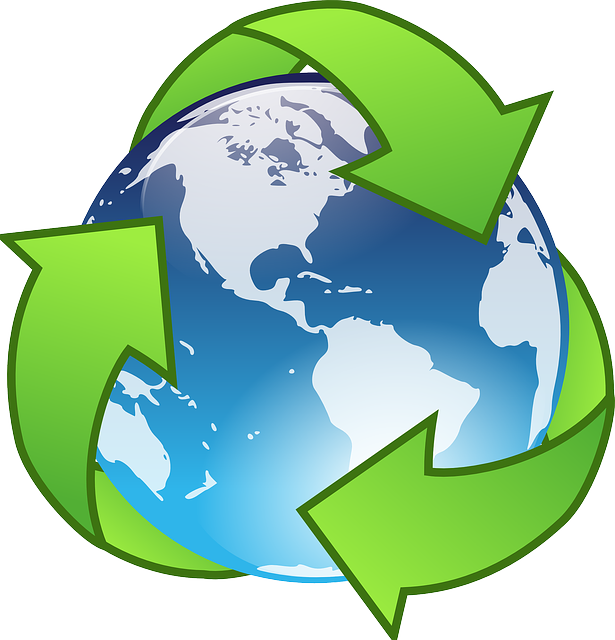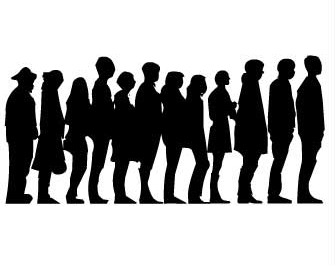[vc_row][vc_column width=”1/2″][vc_column_text]
Estonia
The light green area is the rest of the European Union
Estonia was the 99th largest economy in the world by nominal GDP in 2018. It has a population of 1.325m. GDP per capita is $22,928. It is a small open economy with trade at 147 percent of GDP in 2018. Over the last twenty years it has benefitted from an ambitious reform agenda. It is ranked 29th in the World Bank's Human Capital Index and 26th in terms of Economic Complexity. It is a member of the EU and OECD. Services was the largest economic sector in 2018 (59 percent of GDP), followed by manufacturing (13.4 percent), and agriculture (2.2 percent). In 2017, the largest export sectors were services (30.45 percent), agriculture (14.7 percent), electronics (12.9 percent), and machinery (8.2 percent). The largest individual exports were ICT services (13.6 percent), transport services (8.9 percent), travel and tourism (7.3 percent), transmission apparatus for radio, telephone, and TV (4.67 percent), and refined petroleum (4.33 percent). Its largest export partners were Finland (14 percent), Sweden (11.6 percent), Russia (10 percent), Latvia (8.2 percent), and Germany (6.7 percent). The largest goods imports were refined petroleum (7.45 percent), and cars (6.21 percent). After gaining independence for the first time in 1920 from the Russian empire, Estonia reorientated itself to the Western Europe. Agriculture was the biggest sector, but manufacturing had been growing since the turn of the century i.e. textiles. During World War Two it was first annexed by the Soviet Union before being occupied by Nazi Germany. After World War Two, Estonia was incorporated into the Soviet Union and its command economy. Under Soviet control, Estonia experienced nationalisation, collectivisation, urbanisation, and mass deportations. Industrialisation was intensified with Russian immigration providing additional labour. By the 1980s, the economy was struggling, and infrastructure was crumbling. Estonia regained its independence in 1991 following the 'Singing Revolution' and the dissolution of the Soviet Union. From 1991, the government pursued an ambitious reform agenda. Macroeconomic stability was the first objective followed by privatisations, and the opening of the economy to free trade and entrepreneurship. The government has also worked hard to improve business conditions, including the rule of law and property rights, in order to attract FDI. The government has also championed innovation, revolutionising its administration through digitisation and improving the education system. Estonia was hit hard by the global financial crisis as exports decreased and the local housing market deflated but the economy has since recovered with strong productivity growth.
[/vc_column_text][vc_column_text] Its population in 2018 was 1,306,788 [1]
Its population in 2018 was 1,306,788 [1]
 In 2015, 27.48% of its total energy
In 2015, 27.48% of its total energy
consumption was renewable [2]
 In 2021, its GDP grew by 8.35% [2]
In 2021, its GDP grew by 8.35% [2]
 In 2021 it had a negative Current
In 2021 it had a negative Current
Account Balance of US$bn 0.41 [3]
 Its unemployment rate in 2021 was 6.18% [3]
Its unemployment rate in 2021 was 6.18% [3]
 Its Expenditure on R&D (as a percentage of
Its Expenditure on R&D (as a percentage of
GDP) in 2020 was 1.79% [2]
What free trade areas or economic unions is it a member of?
Member of the European Union (EU) since 01/05/2004
Other members:
Austria, Belgium, Bulgaria, Croatia, Cyprus, Czechia, Denmark, Finland, France, Germany, Greece, Hungary, Ireland, Italy, Latvia, Lithuania, Luxembourg, Malta, Netherlands, Poland, Portugal, Romania, Slovakia, Slovenia, Spain, Sweden
What trade deals are there between European Union and other countries and economic unions?
EU - Andorra Customs Union (from 01/01/1991)
European Single Market (SM) (from 01/01/1993)
EU - Sri-Lanka Co-operation and Partnership Agreement (from 01/04/1995)
EU - Türkiye Customs Union (from 31/12/1995)
EU - Faroe Islands Agreement (from 01/01/1997)
EU - Palestinian Authority Interim Association Agreement (from 01/07/1997)
EU - Tunisia Association Agreement (from 01/03/1998)
EU - Armenia Partnership and Cooperation Agreement (from 09/09/1999)
EU - Morocco Association Agreement (from 01/03/2000)
EU - Israel Association Agreement (from 01/06/2000)
EU - Mexico Global Agreement (from 01/10/2000)
EU - San Marino Customs Union (from 01/04/2002)
EU - Jordan Association Agreement (from 01/05/2002)
EU - North Macedonia Stabilisation and Association Agreement (from 01/04/2004)
EU - Pakistan Co-operation agreement (from 29/04/2004)
EU - Egypt Association Agreement (from 01/06/2004)
EU - Chile Association Agreement and Additional Protocol (from 01/03/2005)
EU - Algeria Association Agreement (from 01/09/2005)
EU - Lebanon Association Agreement (from 01/04/2006)
EU - Albania Stabilisation and Association Agreement (from 01/04/2009)
EU - Pacific States Interim EPA (from 20/12/2009)
EU - Montenegro Stabilisation and Association Agreement (from 01/05/2010)
EU - Central America Association Agreement (from 01/08/2013)
EU - Serbia Stabilisation and Association Agreement (from 01/09/2013)
EU - Bosnia and Herzegovina Stabilisation and Association Agreement (from 01/06/2015)
EU - South Korea Free Trade Agreement (from 01/07/2015)
EU - Kosovo Stabilisation and Association Agreement (from 01/04/2016)
EU - Georgia Association Agreement (from 01/07/2016)
EU - Moldova Association Agreement (from 01/07/2016)
EU - Canada Comprehensive Economic and Trade Agreement (CETA) (from 21/09/2017)
EU - Eswatini (SADC) Economic Partnership Agreement (from 05/02/2018)
EU - Lesotho (SADC) Economic Partnership Agreement (from 05/02/2018)
EU - Mozambique (SADC) Economic Partnership Agreement (from 05/02/2018)
EU - Namibia (SADC) Economic Partnership Agreement (from 05/02/2018)
EU - South Africa Economic Partnership Agreement (from 05/02/2018)
EU - Botswana (SADC) Economic Partnership Agreement (from 05/02/2018)
EU - Japan Economic Partnership Agreement (from 01/02/2019)
EU - Eastern and Southern Africa States free trade agreement (from 07/02/2019)
UK - EU Trade Deal (from 01/01/2021)
[/vc_column_text][vc_column_text]What trade deals are there with other countries and economic unions?
None
[/vc_column_text][/vc_column][vc_column width=”1/2″][vc_column_text]World Bank Group: Create Jobs by Focusing Industries to be Competitive
Trade with the United Kingdom
Source: UK Office for National Statistics, October 2022.
Contains public sector information licensed under the Open Government Licence v3.0.
Loading, Please Wait!
This may take a second or two.


















































































